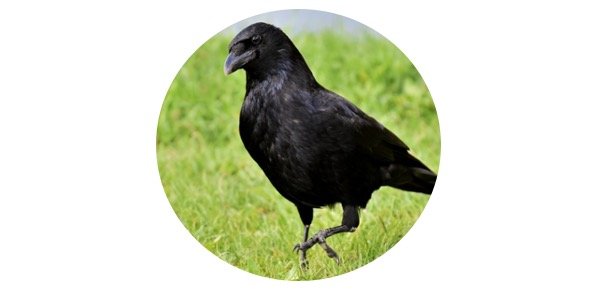Cooper’s Hawk: Description, Types, Pictures, & Fun Facts
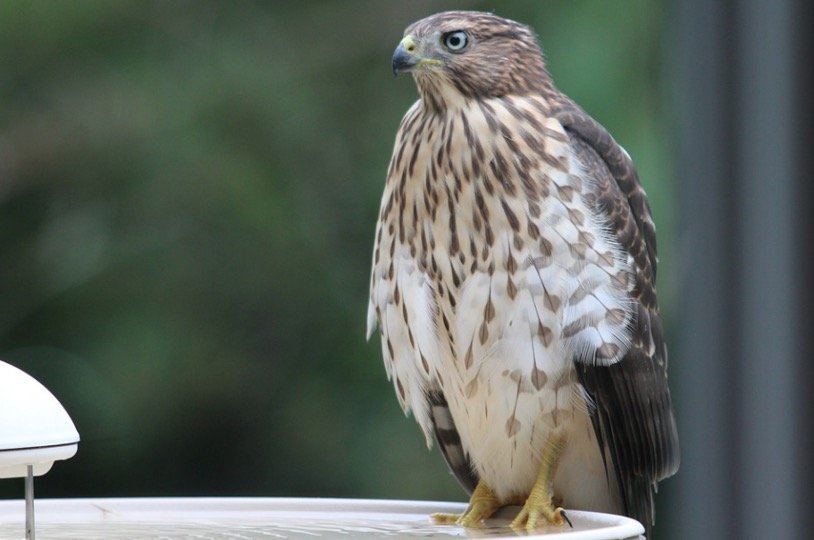
Table of Contents
Scientific Classification of Cooper’s Hawk
- Kingdom: Animalia
- Phylum: Hemichordata
- Class: Aves
- Order: Accipitriformes
- Family: Accipitridae
- Genus: Accipiter
- Scientific name: Accipiter cooperii
Location of Cooper’s Hawk
- Central America
- North America
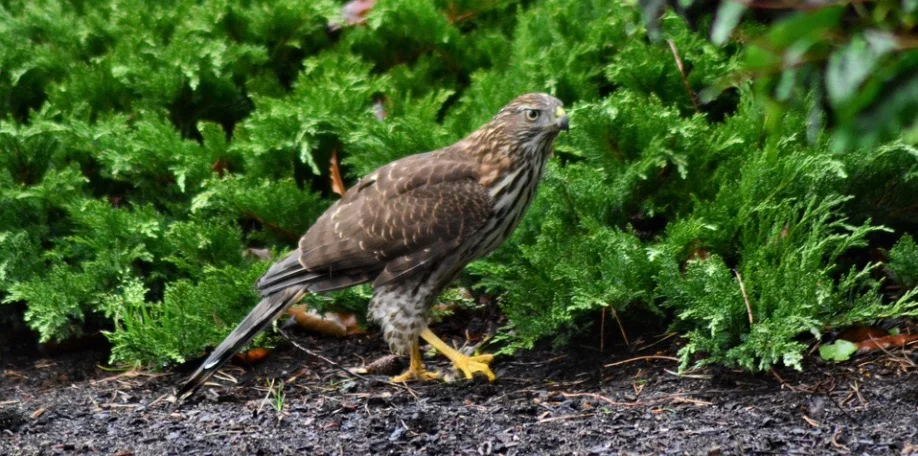
Cooper’s Hawk Description
Cooper’s hawk is a bird belonging to the family Accipitridae. The bird got different names throughout North America such as it is also known as a chicken hawk, striker, and flying cross.
The structure of the bird is medium-sized and its large head, black-banded tail feathers are the distinguishing features of the bird. The bird prefers hunting under the canopy of forests and wooded areas which are also characteristic of it.
The bird is similar and related to American hawks such as sharp-shinned hawk and northern goshawk and even experts also confuse sometimes Cooper’s hawk with other American hawks. The birds spend most of their time while resting in dense forests under the canopy.
The birds have remarkable agility, which they use to stalk and hunt their prey species. Generally, Cooper’s hawk feeds on small birds but sometimes, they also eat other mammal species and insects.
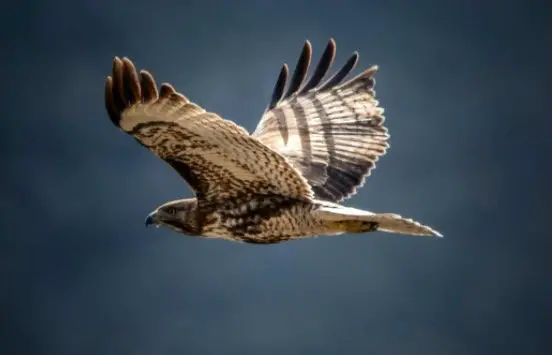
Incredible Facts About Cooper’s Hawk!
Familiar Ground- however, the hawk made a new nest every year and rarely use his previous year’s nest but every year, the birds come to the same breeding ground to build their nest.
Early bird- usually, the early hours of the day were spent by these hawks while hunting. The birds rarely hunt during day hours or evening.
Changing eyes- when the eggs hatch, the chicks of Cooper’s hawk have yellow-green eyes but after some time their eyes convert into orange and the older Cooper’s hawk consists of red-colored eyes.
Other Species of Cooper’s Hawk
Cooper’s hawks are named with different common names in various regions. For example, the birds are also known as chicken or hen hawk, quail hawk, swift hawk, big blue darter, striker, and flying cross.
The scientific name of the bird is Accipiter cooperii and the bird belongs to the family Accipitridae in the class Aves. A French ornithologist named the bird cooper in 1828. The name was given after the American naturalist William Cooper, who was his friend.
The species name “cooperii” was also derived from its common name. William Cooper also played an important role in collecting the sample specimens of various animal species.
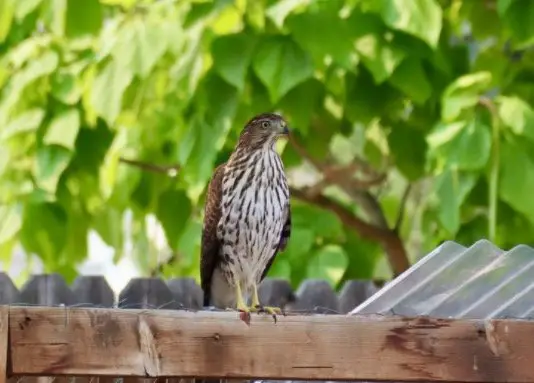
Appearance and Behavior of Cooper’s Hawk
There are several physical features of Cooper’s hawk that distinguish it from other birds and hawks. The birds made several adaptations to increase their agility, stealth, and maneuverability. As compared to their size, the birds consist of relatively short wings.
The size of the wingspan is around 33 inches. The tips of their wings are rounded and the tail feathers are relatively long but their body size is much larger. Thus the birds control their body movement with the help of body measurement and can make sharp mid-air turns, navigate around trees to keep up with evasive birds.
The head of Cooper’s hawk is also relatively larger as compared to its body. To birds can achieve a firm grip on their prey by using their strong beak and talons.
The length of the medium-sized species of Cooper’s hawk is around 14 to 20 inches. But they can still target the prey species such as birds of comparable size. A mature cooper’s hawk consists of weight around 1 to 1.5 pounds and the females have a larger size and are heavier than the male birds.
The birds have nesting sites on coasts of the Mississippi river but generally, the nests are smaller on the west coast as compared to that east of the river.
Usually, the body feathers of a cooper’s hawk are brownish, bluish-gray colored on the neck and they have much lighter wings in their underbelly. Usually, their underside has much darker barring.
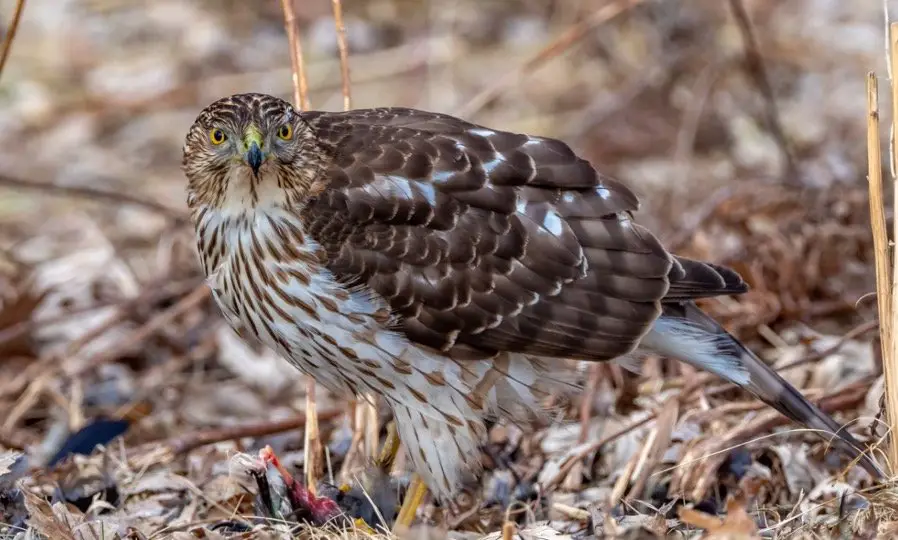
The behavior of a cooper’s hawk is very patient and prudent as compared to other species such as falcons and other raptor species. The birds can wait for their prey in woodland canopies for a long time.
The camouflaged feathers of the bird help it to conceal it in the branches of trees and spend time while listening and watching on their potential prey. Generally, the bird surprisingly takes their prey by ambushing them and they can capture their prey with a remarkable speed.
However, the birds do not like lengthy activities, and if they may stop chasing their prey if it keeps their distance for a long time. The Cooper’s hawk prefers to hunt during dawn hours or morning time. They are early rising species and remain more active during morning hours.
However, the birds come to the ground to hunt small animals and also to drink water from any water source but most of the time they spend living in the upper branches of trees.
Most of the time, the hawks spend preening on their roost so that they can take care of their feathers and wait for the prey. Like other predatory birds, Cooper’s hawk use sounds to warn other members against any threat otherwise they rarely use call or sound.
Habitat of Cooper’s Hawk
The Cooper’s hawk generally lives in the deciduous and mixed forests and spends time in wooded areas. They prefer to live in temperate climates and the birds are commonly distributed from the southern portions of Canada to the United States and northern portions of Central America.
This portion is also their native range. The species living in Canada and the northern US go for migration every year while other species can spend a whole year in their local environment and do not migrate.
The Cooper’s hawk made some adaptations to easily navigate around trees and for chasing their prey surprisingly, such as they have smaller wings and long tails. However, their body is not strong enough to dive and long pursuits similar to other raptor species but they have great speed.
The birds can also camouflage themselves by using their dark and barred coloration among the tree branches and using this they spend a long time in treetops.
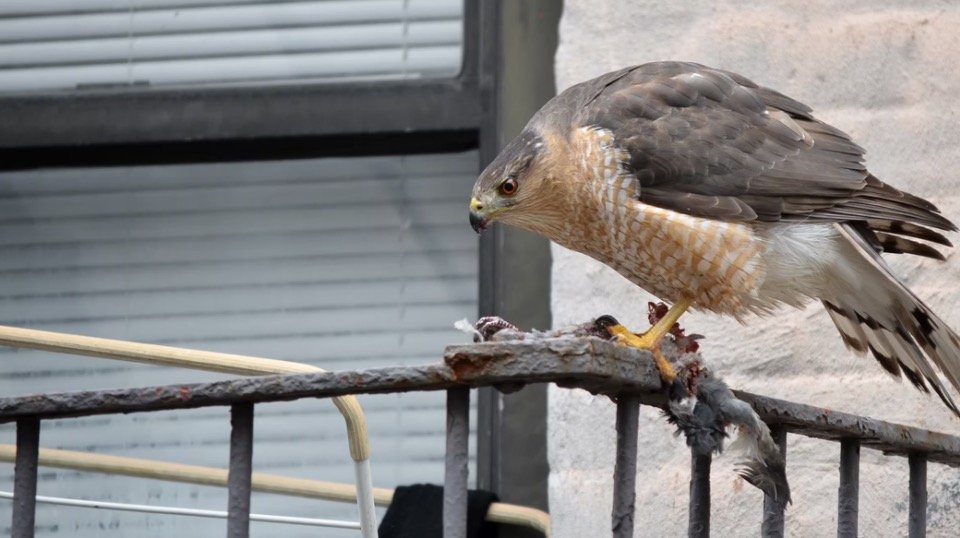
Diet of Cooper’s Hawk
Cooper’s hawk is a carnivorous animal. It is an opportunistic organism that usually prefers live prey. The birds have a wide range of prey but they rarely consume any carrion, however, the birds are also reported while consuming carrion. However, the birds have a preference for particular bird species but in case of food unavailability or if the need arises, the birds can have a flexible diet.
What Does Cooper’s Hawk Eat?
The Cooper’s hawk prefers to eat certain bird species such as chickens, quail, and other plump fowl thus they get their common names including hen hawk, quail hawk, and chicken hawk. The hawks are considered a problem for farmers for centuries.
In centuries past, the farmers have to worry about the cooper’s hawks because they target their coops. The hawks also eat bats and other small to mid-sized bird species. The prey of a cooper’s hawk include snakes, frogs, and various land mammals such as chipmunks and squirrels that are eaten by a hawk when it was hungry.
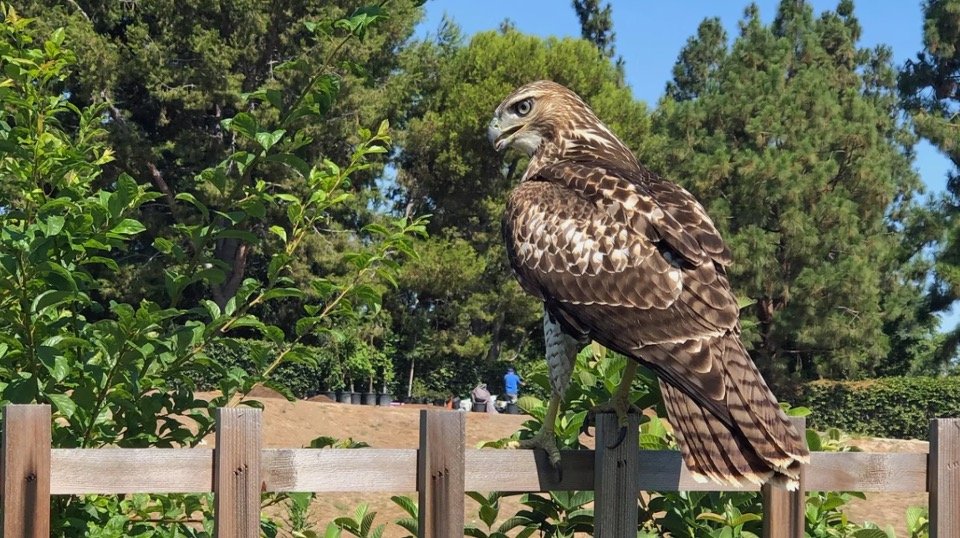
Predators and Threats of Cooper’s Hawk
Cooper’s hawk is a predatory bird and resides at the top of the food chain. The bird has a few natural predators such as eagles and other large birds. The enormous use of pesticides all over the world is the biggest threat for Cooper’s hawk.
The hawks and other predatory species such as falcons are more affected by the high concentration of toxic pesticides that infiltrated the food chain. However, the birds are rebounded as a result of limitations in the use of pesticides, and the species are listed as the least concerned species in the IUCN red list of threatened species.
The hawks could not be used as a food source by humans. However, they were targeted by humans for shooting purposes who wanted to protect the gaming birds and their pet animals. The shooting of hawks was famous during the early 20th century but the population of hawks started decreasing and laws were made to conserve the species.
However, the hawks are still hunted sometimes by poultry farmers to protect their pets. The population of the hawks is stable but still, they are facing the threat of habitat loss.
The range of the hawks is limiting due to human activities such as logging and general encroachment by human development. They get some success in living in urban and suburban areas but it is not confirmed about the long-term consequences of this transition of habitat.
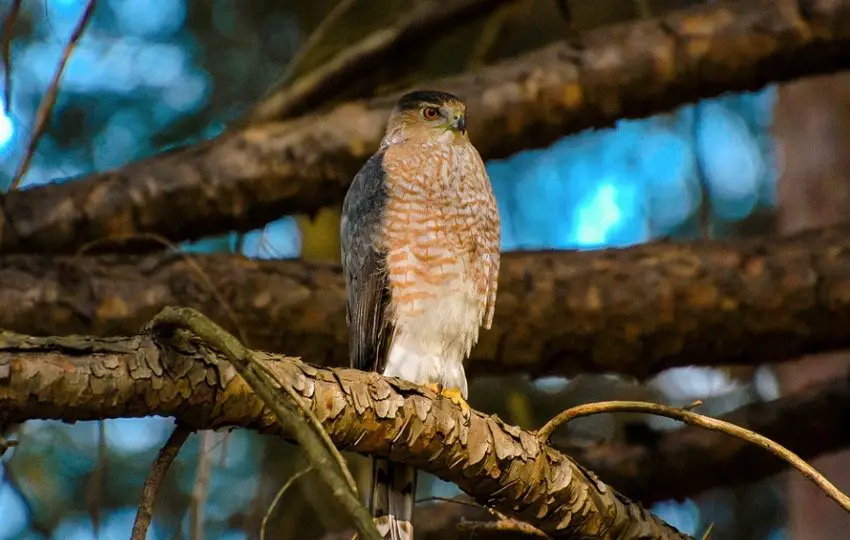
Reproduction, Babies, and Lifespan of Cooper’s Hawk
In most cases, the hawks spend a season with only one mate but it is not true in all cases. Usually, the adult birds prefer to form pairs with comparative-sized birds and they also lay eggs earlier than other younger bird pairs.
The courtship rituals are flexible and both males and females may involve in this. The courtship rituals include arching, flaring, and mutual sky circling. Usually, the birds build their nests during February and March.
Both male and female hawks are involved in building a nest, gathering food, and defending their young. They use sticks, bark, and assorted greenery to build their nest. A ‘kek’ call is made by hawks to warn other members when they feel the threat of a predator.
Generally, 3 to 5 eggs of bluish-white color were laid by the female. The incubation was done by both the parents and the eggs hatch after 35 days. The chicks learn to fly within 4 to 5 weeks and they remain in the nest during this period.
The lifespan of the bird is around 8 to 10 years but most of the birds die in the first year. The oldest species of the hawk live for an age of 20 years and 5 months.
Population of Cooper’s Hawk
However, the birds face the threat of habitat loss and are also affected by pesticide exposure but still the population of the birds is stable. It is estimated that the population of the birds is around 100,000 to 1 million in their native range.
It is believed by conservationists that the population of the bird is stable. But the species is still under threat due to habitat loss and threats to the population of desirable prey species.
